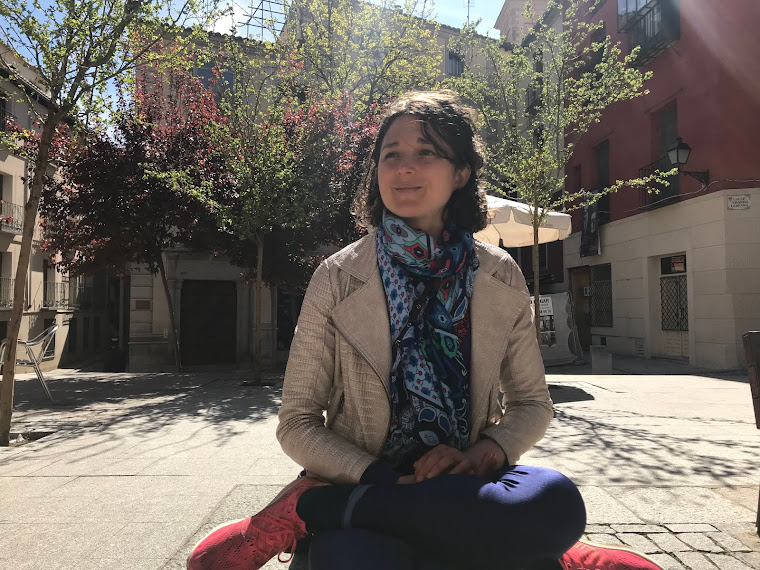“I don’t know anybody who has lots of time who is happy,” Fern
told me on the phone a couple weeks ago as I whined about my long angsty days,
void of life purpose. The thing is I don’t know anybody who’s so busy they
can’t think who is all that happy either. When I have too much to do, I feel
violated and oppressed. Too little and I become self-loathing and miserable.
How then, does one acquire a smug sense of being on top of life? I offer you
the following three brilliant suggestions:
1.
Organize
your Tupperware drawer.
I have a saying that goes, “Everyone loves
a good Patrick.” My other saying is, “Most people’s Tupperware drawers are a total
disaster.” It’s true. Very rarely have I ever belonged to a household whose
Tupperware organization system did not lead me to fruitlessly search among
melted and misshapen containers for equally ill-fated or non-existent lids. The
quest typically generates more chaos in the designated Tupperware area and
consequently, life seems far beyond the winning. Fortunately, you can make the
decision to conquer your home’s receptacle mayhem.
In my life, I have had the enlightening
experience of meeting at least two Tupperware Revolution Theorists. One woman,
who also happened to give me my first Brazilian, recommends limiting yourself
to three sizes, all of the same shape. The problem with this is that roommates and
perhaps also partners generally come with a vast spectrum of Tupperware
variation and they don’t usually like it when you chuck their things. Thus,
this sort of Tupperware Revolution is not available to everyone. A second
Tupperware Revolution Theorist suggests only storing your Tupperware with the
lids in place. Sadly, this is close to impossible if your kitchen possesses any
sort of space limitation which is almost inevitable. X-nay that, but thanks
anyways.
You will have to discover the Perfect
Tupperware Revolution that resonates with your soul and your kitchen.
Everyone’s Tupperware Revolution is personal; however, certain universal
principles apply. For example, throwing out mismatched, melted and/or super
disgusting Tupperware is non-negotiable. So is wiping out any sort of crud or
crumbs that have somehow made their way into your Tupperware drawer or
cupboard. Don’t hold back. Trust me, it will be highly rewarding. Once you’ve
decided which Tupperware continues to spark joy, it is time to arrange the
plastic and/or glass vessels in the most logical fashion possible. I’m pretty
certain that it’s better to keep lids and bottoms close together, but as I
said, we are all responsible for our Personal Tupperware Revolution. For
optimal smugness, be sure to take before and after shots.
 |
| The Waverly Household Tupperware Revolution |
2.
Send
Mail.
Sending mails requires extensive and
empowering grown-up skills such as buying stamps, looking up postal codes on
the internet and walking to the mailbox. The other selling point is, nobody
ever died or cried from getting a postcard. I derive immense joy and satisfaction
from sending people mail. This summer, I was delighted to come upon a man who
sold vintage animal postcards in front of Metro Laurier. They were only fifty
cents each. I bought dozens, mailed dozens, and it was so fun. Unlike Generic
Married Men, whatever happens, animal postcards will always be there for you.
 |
| Animal Postcard, Camel with Humps. |
3.
Wash
all your bedding and put your duvet back in its cover.
No need to get laid to wait until washing
your sheets. The satisfaction of fresh clean bedding is everyone’s birthright.
Having said that, the task of inserting your duvet into the appropriate corners
can seem monumental. It’s almost worth settling for a mediocre partner just to
have someone to help you with this. But believe me, if you persevere, you will
succeed, and you’ll feel so smug and on top of life. Apparently, there are
special tricks for flipping your duvet magically and effortlessly into the
right corners. I don’t know much about this. You can’t be smug about
everything.
The End.
 |
| Duvet-generated Smugness |
The End.











